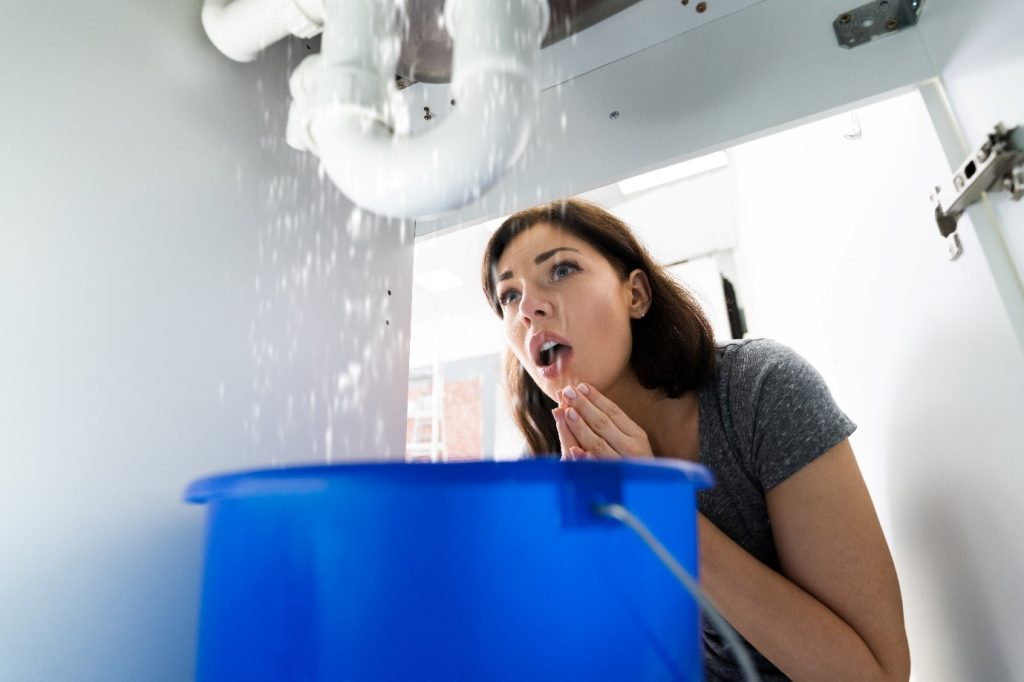
From strange smells to overflowing toilets, these are classic signs that your soil pipes are blocked. Discover more tell-tale signs and how you can fix them in this article!
Often hidden behind walls or beneath floorboards, your soil pipes are likely out of sight, out of mind.
However, they’re a vital part of your home’s plumbing system, and without them, you wouldn’t be able to run your taps, fill your bath or even flush your toilet.
Considering the dirty work they endure, the saying ‘ignorance is bliss’ couldn’t ring more true, and it’s not until they get clogged up that we realise just how important they are.
But how can you tell if they’re blocked and in need of a little TLC?
Our experts at Plumbisimo reveal all in this article!
What actually causes soil pipe blockages?
Soil pipe blockages can occur for a multitude of different reasons, but they’re most commonly caused by non-flushable items being flushed down toilets.
Items such as wet wipes and sanitary products stick together and accumulate at the bottom of the pipe, which over time, will lead to a severe blockage.
Like most things, soil pipes are also subject to general wear and tear as they age, so no matter how well you maintain them, they’re likely to get clogged up at some point or other.
How can I tell if my soil pipes are blocked?
Luckily, there are a couple of red flags you can look out for if you suspect your soil pipes may be blocked.
The sooner you notice the following signs, the sooner a professional will be able to rectify the issue and get you back on the mend before permanent damage is caused:
- Your toilet takes a while to empty or remains blocked for an extended period of time
- Sinks, showers and baths drain water slowly
- A bad smell coming from your drains
- Water leaking from the joints of your soil pipe
- Overflowing, dirty water at the bottom of the pipe.
Can I fix a blocked soil pipe myself?
Absolutely!
However, you’ll have to muster up some courage, as this DIY job isn’t for the faint of heart.
Before you get to work, make sure you’ve got all the equipment you need, including protective clothing, a face mask and heavy-duty gloves.
If you have a plastic soil pipe, you’ll first need to locate the cleaning eye. This is a large hinge that can be found where the branch pipes connect to the main stack.
Once you’ve found this, unscrew it and insert a drain auger. This tool is used where a plunger won’t be able to do a sufficient enough job.
Pass the auger through the pipe until you locate the blockage. Once you’ve found it, crank the handle to release a coiled wire.
Then, push and pull the auger, and the wire should release the blockage and allow water to flow freely again.
Of course, if you don’t have the tools, knowledge or confidence to do the job yourself, a professional plumber would be more than happy to help you solve the issue.
How can I avoid soil pipe blockages in the future?
There are a few things you can do to steer clear of soil pipe blockages.
Nine times out of ten, it’s simply a case of being mindful of what you’re flushing down the loo or pouring down sinks.
Almost any liquid – including tea, coffee (without the grounds, of course) and milk – can be poured down safely, but fatty oils and food leftovers are an absolute no-go.
The only two things that should be flushed down your toilet are toilet paper and natural bodily waste, and anything else – be it baby wipes, cotton pads or feminine hygiene products – is a surefire way of clogging the pipes. So be sure to dispose of items such as these separately.
Need expert advice?
Got a soil pipe blockage on your hands, and need help getting everything back up and running?
Maybe your soil pipe has fully given out, and you need help installing a new one?
Here at Plumbisimo, our fully qualified and licensed plumbers can help with everything from soil pipe replacements and soil stack installation to sewer line maintenance, and whenever you work with us, you can be confident that you’re in the best hands.
To find out more, or for a competitive quote, get in touch with us today by calling 07444 640 630 or emailing info@plumbisimo.co.uk and we’ll get back to you as soon as we can!






